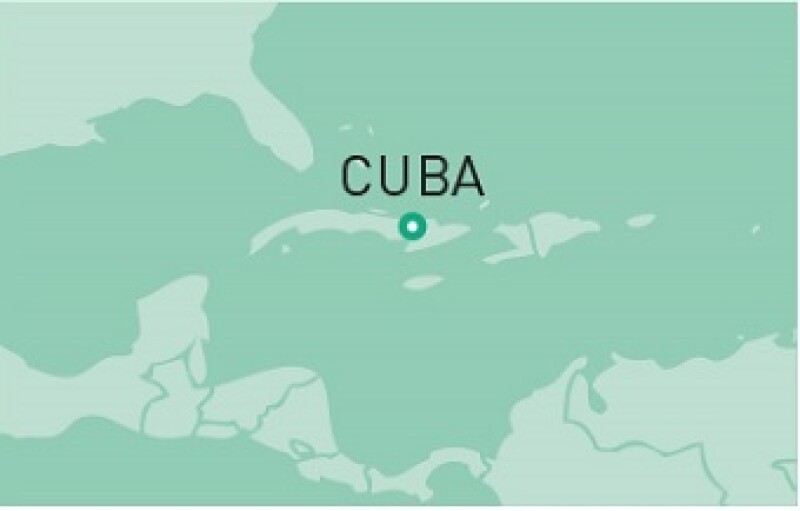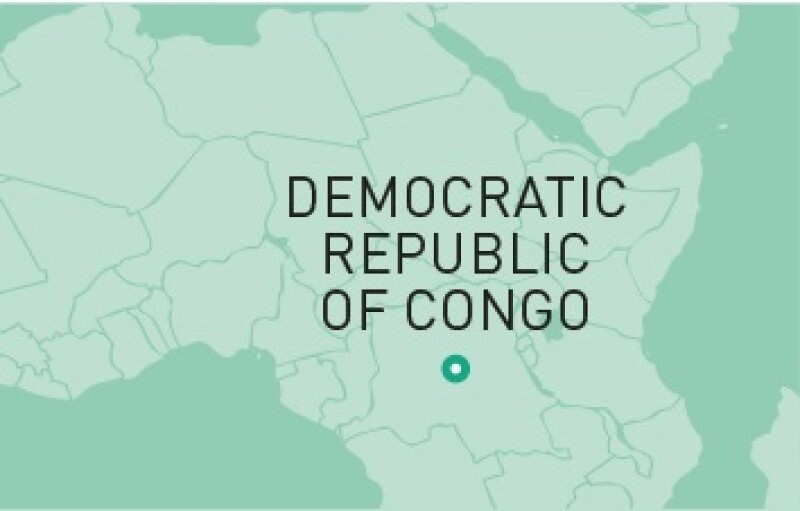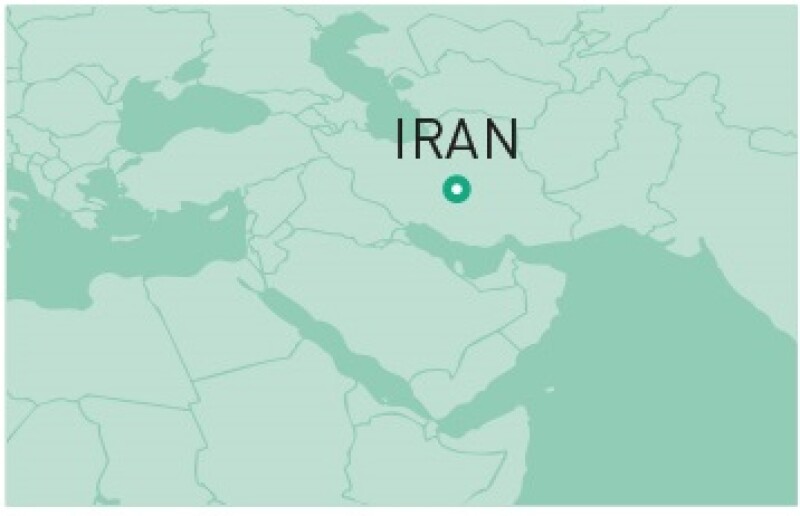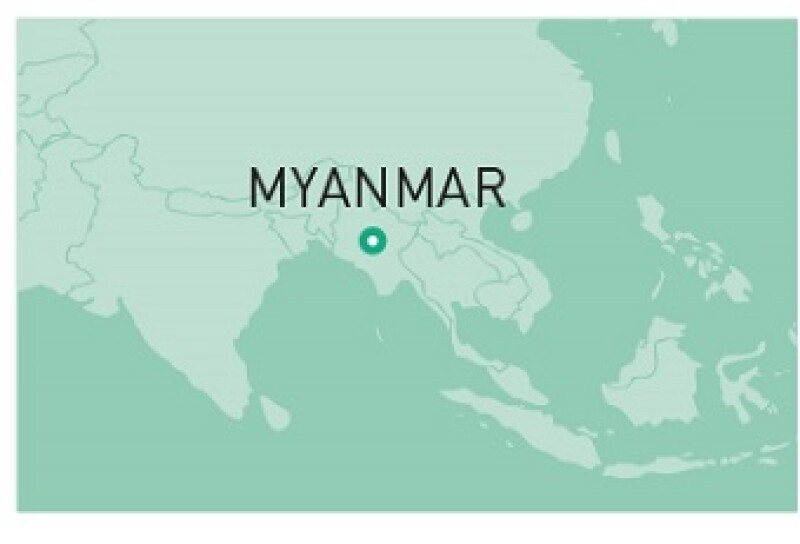Cuba
Size: 110,860 km2 (total land and water area)
Population: 11,031,433 (July 2015 est.)
GDP: $128.5 billion (2014 est.)

The restored relationship was based largely on the US’ decision to remove Cuba from its State Sponsors of Terrorism list and it has since opened up an abundance of opportunities across all sector - the telecoms industry being no exception.
Potential in 2016: Cuba’s largely untapped telecoms market is now open for business and IDT Telecom made the first move in early 2015 when it requested to the US Federal Communications Commission (FCC) that it implement direct phone connections between the two countries.
“Cuba at this stage is a very interesting opportunity,” Alexis Segal, VP of Latin America at IDT Telecom, told Capacity.
“In a way you can liken Cuba now - in terms of mobile penetration - to where the US and Europe were a few years back. Given the mobile and bandwidth penetration in the rest of Latin America and the Caribbean, the growth in Cuba over the next few years is likely to be extraordinary.”
Cuba’s internet usage is one of the lowest in the world with only 25% of its 11 million population holding access to the internet. Until now, these services had been heavily monopolised by the Empresa de Telecomunicaciones de Cuba (Etecsa).
Netflix also launched services in Cuba in February 2015, making something of a cultural faux pas in the process. Terms and conditions stated that Cubans could not pay for the service using their national currency, the peso. The service is available to Cubans “with access to international payment methods”. However, Cubans don’t have access to credit cards, nor are they able to hold foreign bank accounts, which essentially renders it illegal for them to use the service.
But Netflix is expecting progression and refuses to fall at the wayside. “We are investing in all countries for the future, not simply the here and now,” Cliff Edwards, director of corporate communications at Netflix told US reporters.
IDT is also optimistic about Cuba’s progression in 2016. “IDT expects to see the continued roll-out of telecoms infrastructure and an expansion of voice and payment service offerings,” he said. “As more communication becomes digital-centric, the demand for bandwidth and minutes will multiply exponentially.”
A Greenfield opportunity if ever there was one, it is evident that there is much to be gained from being one of the first entrants to this lucrative market, but obstacles do still remain. According to a recent report from research firm BuddeComm, the state still has substantial control over the right to own and use certain communications services, including the right to access the internet.
“Whilst the Obama administration has recently relaxed some of the embargo rules pertaining to telecoms services, differences between US and Cuban pricing rules effectively prelude US operators from operating in Cuba,” the report states.
However, in late January 2016, the FCC dropped its ban on US telecoms operators providing services to Cuba, meaning rivals to IDT and Sprint, the only two US telcos operating in Cuba, can be expected in the not-too-distant future.
Democratic Republic of Congo (DRC)
Size: 2,345,409 km2
Population: 11,031,433 (July 2015 est.)
GDP: $128.5 billion (2014 est.)

Following two civil wars, the DRC remains one of the region’s least developed countries, with a mobile penetration of 44% as of 2014, according to BuddeComm. The government has recognised the need to strengthen its telecoms infrastructure and is working to build a national fibre backbone.
Upon completion, the network will be aimed at reducing communication costs in the country. The project’s first phase – Kinshasa to Muanda – was completed in 2013 and its second phase – Kinshasa to Katanga – is underway. The project faced a setback when it was reported last May that at least $3.4 million loaned for construction was withdrawn from a bank account not directly linked to the project.
Potential in 2016: Historically hindered by weak domestic and international connectivity, the DRC received a boon from PCCW Global in 2013 when it established a direct connection to the West Africa Cable System (WACS) at Kinshasa. Said to be the first international subsea cable network to connect directly to the DRC, the country will be further strengthened when phase two of the African Coast to Europe (ACE) submarine cable is completed.
“The new ACE landing station in Western DRC will enable larger internet capacities complementing the WACS landing,” said David Eurin, group chief strategy officer at Liquid Telecom. “The general situation is DRC is expected to stabilise the key areas of the country, such as Katanga, Bas-Congo.”
The country is gearing up for the launch of 4G services from Smile Communications at the start of 2016. The 4G network will initially be deployed in Kinshasa and Lubumbashi and rolled out to six additional cities in its second phase. “The DRC is not well-served by the mobile operators and we will launch there as a full mobile network operator. We anticipate a very good acceptance of Smile services,” said Tom Allen, the company’s COO. Operators in the DRC include Vodacom, Africell, Airtel, Tigo and Orange.
Telecom Congo and SCPT signed an MoU last April to establish a fibre link between Brazzaville, Congo and Kinshasa. The deal provided smoother traffic delivery in the country and reduced faults and technical problems between landing stations.
Internet giant Google also saw potential in the DRC when it revealed in February 2015 plans to boost internet connectivity in the country and set up an office in Kinshasa, according to its Africa head.
Iran
Size: 1.648 million km2
Population: 79,476,308 (July 2015 est.)
GDP: $416.5 billion (2014 est.)

Regulatory overview: 2015 could prove to be a historic year for Iran, after the US and EU lifted sanctions dating back almost 35 years. As a result, the business world has heightened its focus on the country.
The clearest indication of what the country’s government plans to do with its telecoms market came at Capacity Eurasia in Istanbul, Turkey, in September 2015.
Speaking at the event, Mahmoud Khosravi, deputy minister, chairman of the board and MD at Telecommunication Infrastructure Company (TIC), said Iran would “welcome foreign investment” and is “committed to connecting the region”.
Iran is in the process of establishing a new telecoms regulator, and has plans to open a data centre and internet exchange point in Tehran aimed at peering traffic locally. This has the potential to act as a hub for regional traffic, helping to reduce the large volume of traffic between Iran and its neighbouring countries that is still transiting via Frankfurt.
Potential in 2016: Iran could emerge as one of the more stable options for transiting traffic through the Middle East, with war plaguing attempts to establish routes via Syria or Iraq. Compared to many of its neighbours, Iran has a relatively high level of security and an established constitution.
TIC is aiming to grow international transit from 6.2Tbps by the year end to 20Tbps by 2020. Furthermore it has a target to increase its internal IP network from 4Tbps to 40Tbps over the next four years.
TIC operates over 58,000km of fibre-optic network in Iran and is aiming to position the country as an alternate terrestrial route for traffic between Europe and Asia. There are plans to issue MVNO licences, enabling international players a chance to offer services to Iran’s considerable population of 78 million. Mobile penetration presently stands at approximately 90%, but just 10 million are 3G or 4G subscribers. According to research by Salience Consulting, the present estimated ARPU for combined fixed and mobile services equates to $13, and there is said to be huge potential for mobile broadband and FTTx deployments in the country.
Iran, however, remains uncharted territory for telecoms operators. The country has a high number of VPN users, and its internet speeds are said to be slowed down by heavy web filtering. Most popular applications, such as Facebook, Skype and YouTube, are banned.
During decades of isolation, sanctions in relation to payments, importation of equipment and collaboration with foreign companies have clouded the risk of conducting business in the country. Pricing for existing transit through Iran also remains high.
Carriers, however, will be encouraged by the initial openness of TIC, both in its promotion of international transit and the measures it is taking to attract investment in its domestic market.
Myanmar
Size: 676,578 km2
Population: 53.44 million (2014)
GDP: $64.33 billion (2014)

“The foreign telecoms operator shall bring in the necessary expertise and financing to ensure successful roll-out and commercial operations,” an EOI document from the Ministry of Communications and Information Technology (MCIT) read. “The hereby proposed structure of the fourth operator will allow a healthy mix of local know-how with international expertise and will hence create business potential for local companies,” the body added. The majority locally-owned operator will compete with state-run MPT, which has a joint venture with KDDI, and with Telenor and Ooredoo – both of which were awarded licences in 2014. The fourth licence will have an initial duration of 15 years, and will be renewable for at least 10 extra years.
Potential in 2016: Myanmar is soon to hit headlines once again when a fourth operator enters the market later this year.
Since the launch of their mobile services in 2014, Ooredoo and Telenor have gained millions of subscribers in a burgeoning market that was previously served by state-owned Myanmar Post and Telecommunication (MPT). Mobile penetration in the country has surged from 10% in 2013 to more than 60% by September 2015, the government said.
As of the companies’ third-quarter results last year, MPT reported approximately 16 million customers while Telenor and Ooredoo posted 11.8 and 4.8 million subscribers respectively. The increase in numbers has been largely fuelled by significant interest and demand for internet access in the country, with an estimated 60%-70% of mobile customers using smartphones. “There is a very large curiosity as the country had no real access to the internet previously. Purchasing power is becoming greater than we thought so people have been able to spend a bit more,” said Tor Odland, VP at Telenor.
In order to compete effectively, the fourth operator needs to differentiate on price and value-added services.
“Prices and promotions for voice calls are good at the moment, so the fourth operator will find it difficult to compete in this area,” said Daw Htike Aung, project director at the Myanmar ICT for development organisation. “But,if it offers additional services, it may be able to secure a good market share.”
Somalia
Size: 637,657 km2
Population: 10.52 million (2014)
GDP: $5.707 billion (2014 World Bank est.)

The latest statistics indicate that there are 5.5 million mobile phones in a population estimated at around 10 million, but there is also fibre to the home and business, at least in the capital, Mogadishu, which benefits from being on the Indian Ocean coast, simplifying international connectivity.
Potential in 2016: Operators still tend to be fragmented across the different regions of the country, with a number focussed on regions such as Puntland in the east and Somaliland in the north that sometimes have an uneasy relationship with the capital area in the south. There are few if any operators that cover the whole of Somalia. Wholesale operator WIOCC has a landing station for the EASSy cable in a secure location in the capital, with 10Gb of capacity. “We have seven gigs lit and in use,” said Chris Wood, chief executive of WIOCC, “and we still have three gigs to draw down.”
WIOCC’s customers in Somalia include Dalkom, which is extending optical fibre networks into Mogadishu, connecting schools, government services and businesses. Dalkom is linked to Frontier Optical Networks, a Kenyan company.”
“We have 10 or more users in Somalia, including ISPs and big telcos, and we found a significant increase in demand in the last three or four months in 2015. Customers are shifting from talking about STM-1 circuits to STM-4,” Wood said.
The background to this increase is that “Somalia is becoming much more stable; Mogadishu in particular. The country’s situation has improved a lot during the past 24 months, and now people are building fibre and wireless infrastructure. There’s been a step change in requirements.” The mobile industry’s trade association, the GSMA, lists five active operators in Somalia, plus two planned networks.
One of the operators, Somtel, is based in Hargeisa, capital of the self-declared autonomous region of Somaliland – far away from Mogadishu in the south. In late 2013 Somtel partnered with low-orbit satellite operator O3b to provide trunk connectivity once the service was in operation in 2015. “The O3b solution will give Somtel the chance to bring vastly improved internet connectivity with better performance,” said Ismail Dualeh, Somtel’s CTO.
In January 2016, another operator Somcable launched LTE in Somaliland. Somcable is based in neighbouring Djibouti, where WIOCC also has a landing station. “Somcable is dedicated to improving the lives of the citizens of Somaliland,” said CEO Abdourahman Mohamed at the launch.




